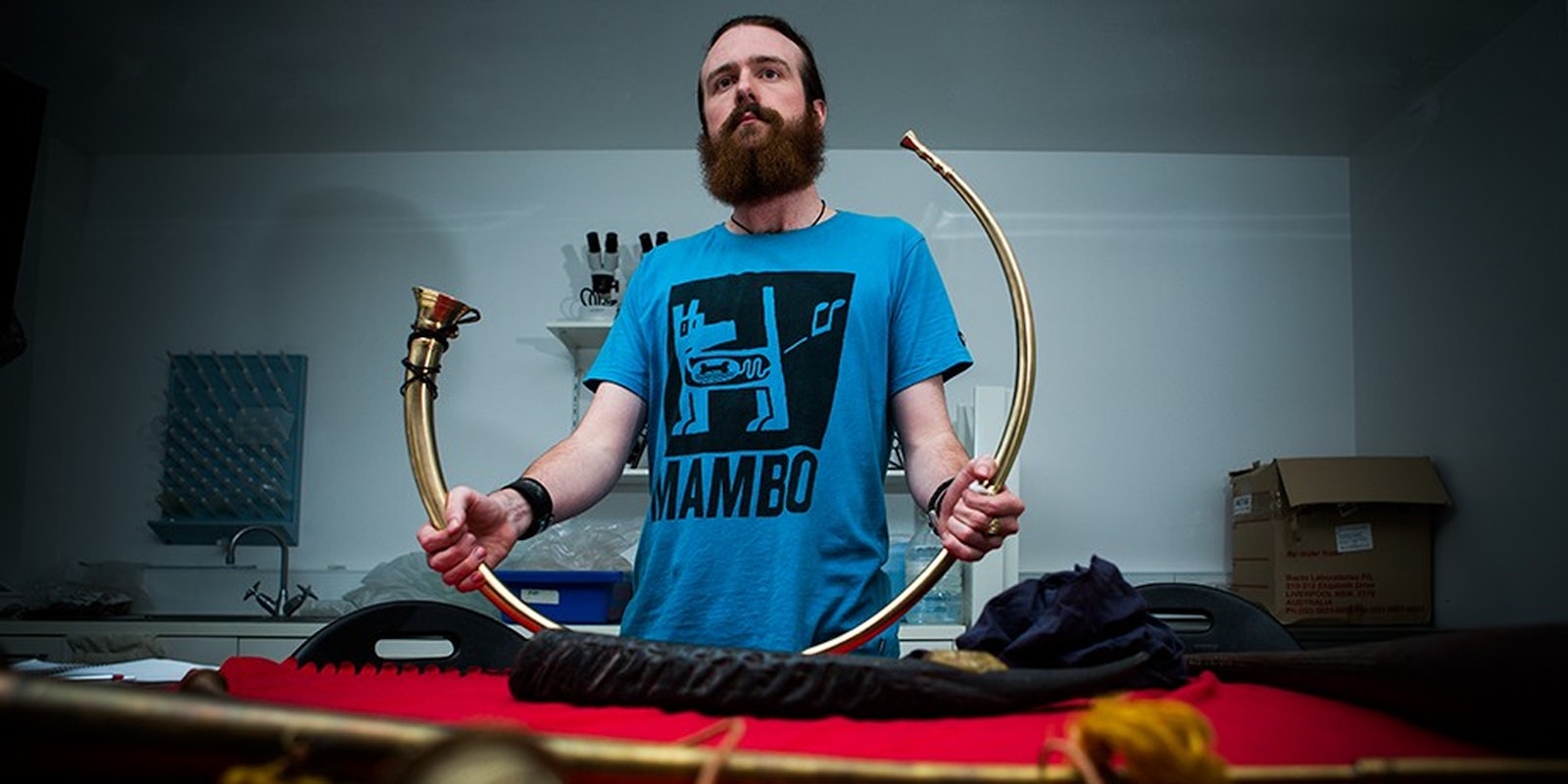Modern digital technology has increasingly allowed scientists and musicians to play music that has not been heard for thousands of years. These recreations range from the pre-Celtic British liturgical soundscapes of Stonehenge to the music of Ancient Greece.
Now, thanks to Billy Ó Foghlú of Australian National University’s College of Asia and the Pacific, we can add Bronze Age Irish horns to the list of resurrected instruments.
Through 3D printing, the Australian archaeologist discovered that a metal artifact long believed to be the butt of a spear is in reality the mouthpiece to an ancient Irish horn.
Ó Foghlú noted that ancient horns with mouthpieces or the evidence for them had been found all over Europe, according to a press release issued by his university.
The apparent lack of musical instruments and other artifacts as Ireland made its way from the Late Bronze Age into the Iron Age led archaeologists to call this a kind of Irish “dark age.”
Ó Foghlú, however, believed that the lack of artifacts in Ireland, horns in particular, was the result of misidentification. To further complicate matters, the notion of dismantling instruments harmonized with the overall Celtic custom of sacrificing weapons and other items of great value to the gods of waterways.
“Archaeologically speaking, he told the Daily Dot, “this is only a small number of artifacts when compared to the Island’s own gigantic Late Bronze Age collection, but in comparison to other Prehistoric European Horn types (like the Carnyx) this is a high number. There are a number of different reasons the number is so low, the main one was that the intention of the original depositers was to place these horns beyond the reach of the living (being dismantled and sunk into bogs etc, trying to find them back then would have been difficult, let along 2000 years later).”
Ó Foghlú grew interested in what was called the “Conical Spearbutt of Navan,” a second century B.C.E. artifact found in Ireland in the early 20th century and held in the National Museum of Ireland. His extensive survey of Bronze and Iron Age instruments led him to believe that the technology behind their construction, including microriveting, indicated a higher level of both technological and musicological sophistication than the Irish were previously credited with. One of those issues is the apparent absence of mouthpieces on horns. Mouthpieces allow for greater control and expressiveness.
He produced a 3D CAD file of the bronze “spearbutt” and used a 3D Systems ProJet SLA 3D Printer at Sydney’s 3D Printing Studios to produce a replica.
Once printed, he had it cast in bronze, and fitted it to the end of a replica Irish horn. Blowing through it lent the instrument “a richer, more velvety tone” bringing back an extinct music, letting it leap to sudden life in the light of the present day.
“These horns were not just hunting horns or noisemakers,” he said. “They were very carefully constructed and repaired, they were played for hours. Music clearly had a very significant role in the culture.”
This one experiment in 3D printing helped prove Ó Foghlú’s contention that Ireland at the end of the last millennium was not in fact, as many had come to belief, a dour place that slogged silently through a dead zone in our musical history.
“My dream would be to 3D print a lot of Irish Bronze Age horn instrument types and try to distribute them all across Ireland to get them back into the musical culture,” Ó Foghlú told us. “This has already been done to some extent, just not through 3D printing, which would, money permitting, be very easy and comparatively quick, and then do the same for Iron Age horn types by 3D printing difficult components for assembly.”
Findings will be published in Emania, ANU’s Bulletin of the Navan Research Group.
H/T Boing Boing | Photo by Stuart Hay ANU


